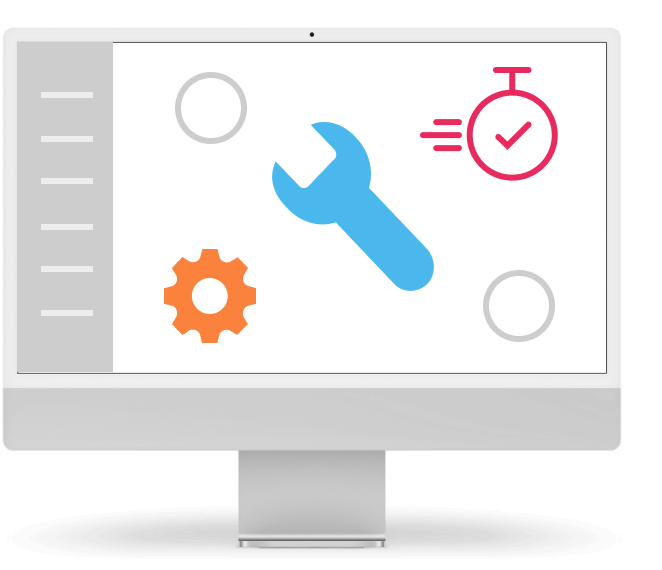Infrastructure as a Code - Less Work, More Productivity
Content
We have reached a phase when physical and virtual infrastructures are no longer equal opponents, now we have to take the next step – make the virtual environment more efficient.
It is no longer enough to have a virtual server, a virtual data center or a private cloud. It is also necessary to think about the way the infrastructure is managed so that changes to it are not a burden. That is a reason why we look ore closely to an approach to IT infrastructure management called Infrastructure as a Code.
We will explain what it actually is, what benefits there are and why this approach can be a priceless help when managing a dynamic IT infrastructure.
What Is Infrastructure as a Code?
Infrastructure as a Code (or IaC) is one of the modern ways how to deploy, manage and work with cloud infrastructure. Thanks to IaC technicians have the ability to automate work with infrastructure by using predefined commands – these take on the form of configuration files or scripts. It is also possible to minimize mistakes that can arise during configuration and decrease the need for manual set-up – efficient way thanks to automation.
In reality, instead of having to set up a virtual machine by hand in a dashboard, you just create code. That describes the state that should be the result – for example, how many virtual machines to run and how big they should be and if there should be a Kubernetes cluster involved, to name a few.
Basically you have post delivering a package but you don’t get into the details of which route does the post use. The main thing is – it gets delivered.
What Is Terraform?
One of the tools that enable Infrastructure as a Code is Terraform. It is an open source tool that efficiently manages infrastructure using code. Thanks to a special approach to creating scripts, technicians receive a powerful platform that can be used to create, edit and remove infrastructure elements.
In practise, technicians create a document for Terraform that clearly defines the types of architecture elements, their size and additional qualities. If there is a need to add any elements, then the document is updated. As soon as the script runs, Terraform evaluates what is already present in the infrastructure and what needs to be added.
Benefits of Infrastructure as a Code and Terraform
Thanks to IaC it is possible to repeatedly and consistently create and manage infrastructure elements. If for example you need to create a testing and production environment, you can use the same document for Terraform whereas only somme parameters will be different – like the size of a virtual machine. That will allow you to easily deploy and manage various environments.
Another benefit of IaC is the option to create versions and manage changes. By using a versioning system like Git, you can control and manage changes in configuration files. That helps you to easily figure out, which changes were done and who made them. You can also easily reverse infrastructure to a previous state if necessary.
IaC has clear advantages. Automated infrastructure management lowers the threat of errors and ensures consistency. With the option to create versions and manage changes, it is easy to maintain an overview regarding changes made – anything can be reversed. You can use your time and resources more efficiently and also react faster to changes to and requirements by your project.
Undeniable Advantages of IaC
Infrastructure as a Code is an efficient tool that enables a more efficient way to manage and deploy infrastructure in OpenStack and other cloud environments. Regardless of the size of your project, IaC can help you automate and make infrastructure easier. That leads to significant benefits and better efficiency as well as reliability of your project.





